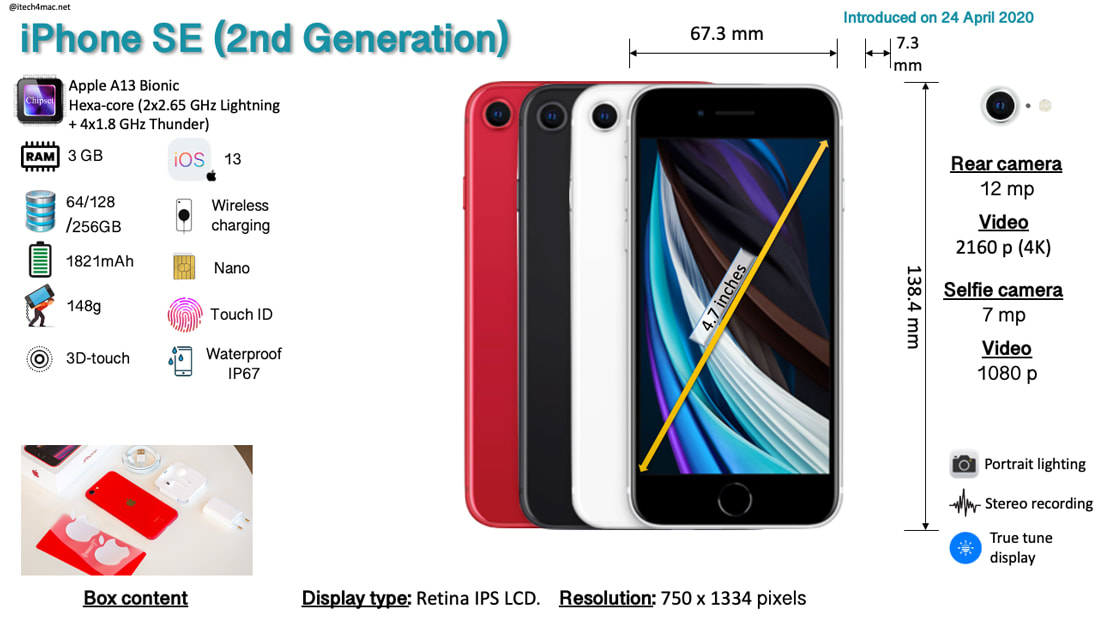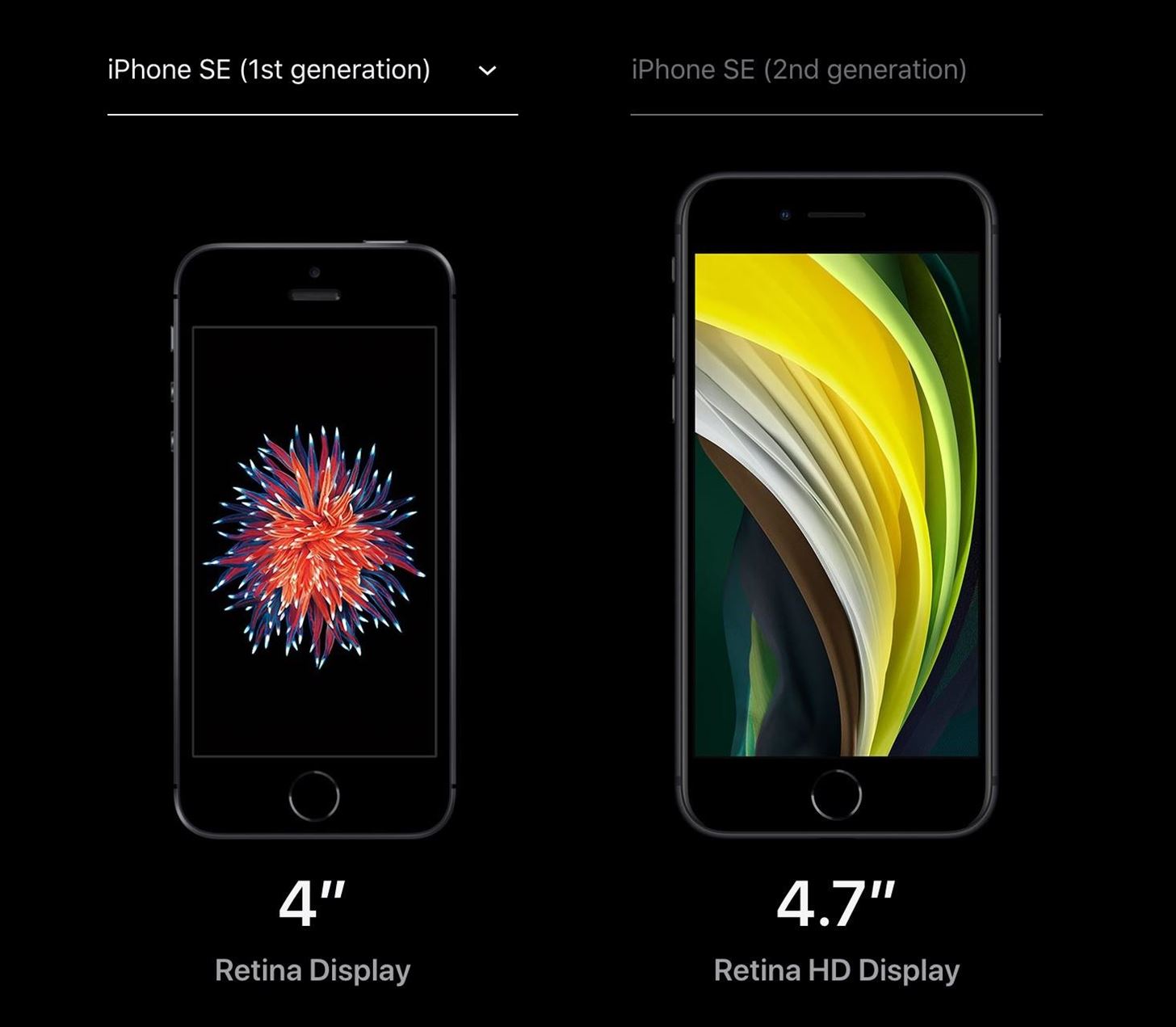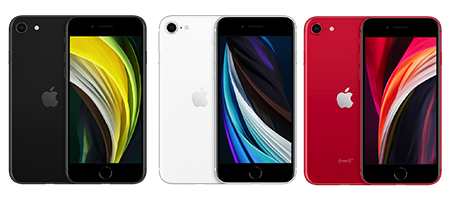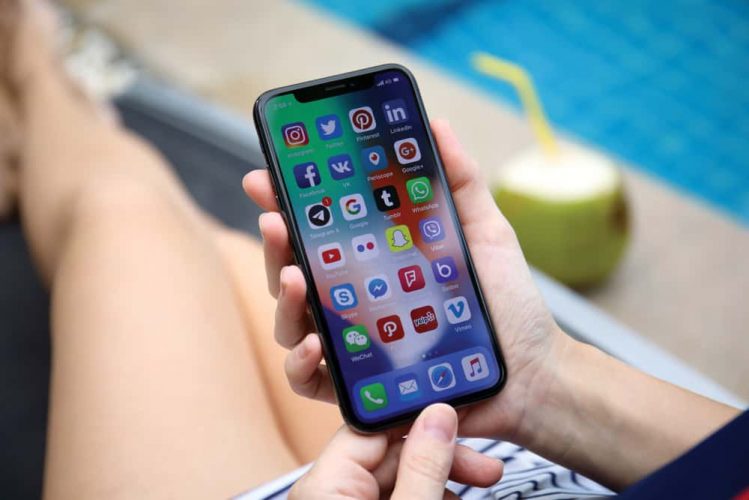A Detailed Examination of the iPhone SE (2nd Generation) Display: A Comprehensive Overview
Related Articles: A Detailed Examination of the iPhone SE (2nd Generation) Display: A Comprehensive Overview
Introduction
With enthusiasm, let’s navigate through the intriguing topic related to A Detailed Examination of the iPhone SE (2nd Generation) Display: A Comprehensive Overview. Let’s weave interesting information and offer fresh perspectives to the readers.
Table of Content
A Detailed Examination of the iPhone SE (2nd Generation) Display: A Comprehensive Overview

The iPhone SE (2nd generation), released in 2020, stands as a testament to Apple’s commitment to delivering powerful technology in a compact and affordable package. While its design and internal components garnered considerable attention, the display technology employed in this device remains a crucial aspect for users seeking a seamless and engaging visual experience. This article delves into the intricacies of the iPhone SE (2nd generation) display, exploring its specifications, strengths, limitations, and overall impact on the user experience.
A Retina LCD Display: Clarity and Brightness in a Familiar Format
The iPhone SE (2nd generation) features a 4.7-inch Retina LCD display, a technology that has been a staple in Apple’s product lineup for years. This display boasts a resolution of 1334 x 750 pixels, resulting in a pixel density of 326 pixels per inch (ppi). The Retina designation signifies that the display’s pixel density is high enough to prevent the human eye from discerning individual pixels at a typical viewing distance, rendering text and images exceptionally crisp and clear.
The display’s brightness is another key factor in delivering an enjoyable visual experience. The iPhone SE (2nd generation) achieves a maximum brightness of 625 nits, which allows for comfortable viewing even in bright sunlight. This brightness level ensures that content remains visible and vibrant, regardless of the ambient lighting conditions.
Exploring the LCD Technology: A Detailed Look at the Display’s Architecture
LCD, short for Liquid Crystal Display, is a technology that uses a layer of liquid crystals sandwiched between two polarized filters. When an electric current is applied to the liquid crystals, they align themselves, allowing light to pass through. By controlling the electric current, different pixels can be turned on or off, creating the images we see on the screen.
LCD technology has several advantages, including its affordability, energy efficiency, and ability to display a wide range of colors. However, LCD displays also have limitations, such as slower response times and a lower contrast ratio compared to OLED displays.
Understanding the Display’s Limitations: A Balanced Perspective
While the iPhone SE (2nd generation) display offers a respectable visual experience, it’s important to acknowledge its limitations. One notable drawback is the lack of a high refresh rate. Unlike some of Apple’s higher-end models, the iPhone SE (2nd generation) display operates at a standard 60Hz refresh rate. This means that the display refreshes 60 times per second, which can lead to noticeable motion blur in fast-paced content, such as gaming or scrolling through social media feeds.
Another limitation is the lack of HDR (High Dynamic Range) support. HDR technology expands the range of colors and contrasts that a display can reproduce, resulting in more realistic and immersive visuals. The absence of HDR support on the iPhone SE (2nd generation) display means that users may not experience the full visual potential of HDR content, such as movies and games.
The Impact on User Experience: A Practical Assessment
Despite these limitations, the iPhone SE (2nd generation) display delivers a satisfying user experience for the majority of users. The Retina LCD technology provides excellent clarity and sharpness, ensuring that text and images are displayed with remarkable detail. The display’s brightness is adequate for both indoor and outdoor use, making it suitable for a wide range of activities.
For users who prioritize a compact and affordable device without compromising on visual quality, the iPhone SE (2nd generation) display proves to be a reliable and enjoyable companion. However, users who are particularly sensitive to motion blur or crave the immersive visual experience of HDR may find the display’s limitations to be more noticeable.
FAQs about the iPhone SE (2nd Generation) Display:
Q: Does the iPhone SE (2nd generation) display have a notch?
A: No, the iPhone SE (2nd generation) display does not have a notch. It retains the traditional design with a physical home button, which houses the Touch ID fingerprint sensor.
Q: Is the iPhone SE (2nd generation) display laminated?
A: Yes, the iPhone SE (2nd generation) display is laminated, meaning that the glass and the LCD panel are directly bonded together. This reduces the air gap between the two layers, resulting in a more responsive touch experience and a more immersive visual experience.
Q: Does the iPhone SE (2nd generation) display support True Tone?
A: Yes, the iPhone SE (2nd generation) display supports True Tone technology. True Tone automatically adjusts the display’s color temperature to match the ambient lighting conditions, providing a more natural and comfortable viewing experience.
Q: What is the screen-to-body ratio of the iPhone SE (2nd generation) display?
A: The iPhone SE (2nd generation) display has a screen-to-body ratio of approximately 65.6%. This means that the display occupies about 65.6% of the device’s front surface area.
Tips for Optimizing the iPhone SE (2nd Generation) Display:
1. Enable True Tone: True Tone technology automatically adjusts the display’s color temperature to match the ambient lighting conditions, providing a more natural and comfortable viewing experience.
2. Adjust Brightness: The iPhone SE (2nd generation) display offers a wide range of brightness levels. Adjust the brightness according to the ambient lighting conditions to ensure optimal visibility and eye comfort.
3. Utilize Night Shift: Night Shift reduces the amount of blue light emitted from the display during the evening hours, which can help improve sleep quality.
4. Explore Accessibility Features: The iPhone SE (2nd generation) offers various accessibility features, such as larger text size, color filters, and screen zoom, which can enhance the display experience for users with visual impairments.
Conclusion:
The iPhone SE (2nd generation) display, while not the most advanced in the market, provides a solid visual experience for the majority of users. Its Retina LCD technology delivers excellent clarity and sharpness, and its brightness is sufficient for various scenarios. While it lacks a high refresh rate and HDR support, these limitations are not deal-breakers for users who prioritize a compact and affordable device without sacrificing visual quality. The iPhone SE (2nd generation) display remains a reliable and enjoyable component of this well-rounded device, offering a balance of functionality and affordability for a diverse range of users.





:max_bytes(150000):strip_icc()/iPhone-SE-2-front-camera-d0baf717bd0d4bc9ad5f8b30bb6aa542.jpg)


Closure
Thus, we hope this article has provided valuable insights into A Detailed Examination of the iPhone SE (2nd Generation) Display: A Comprehensive Overview. We hope you find this article informative and beneficial. See you in our next article!
